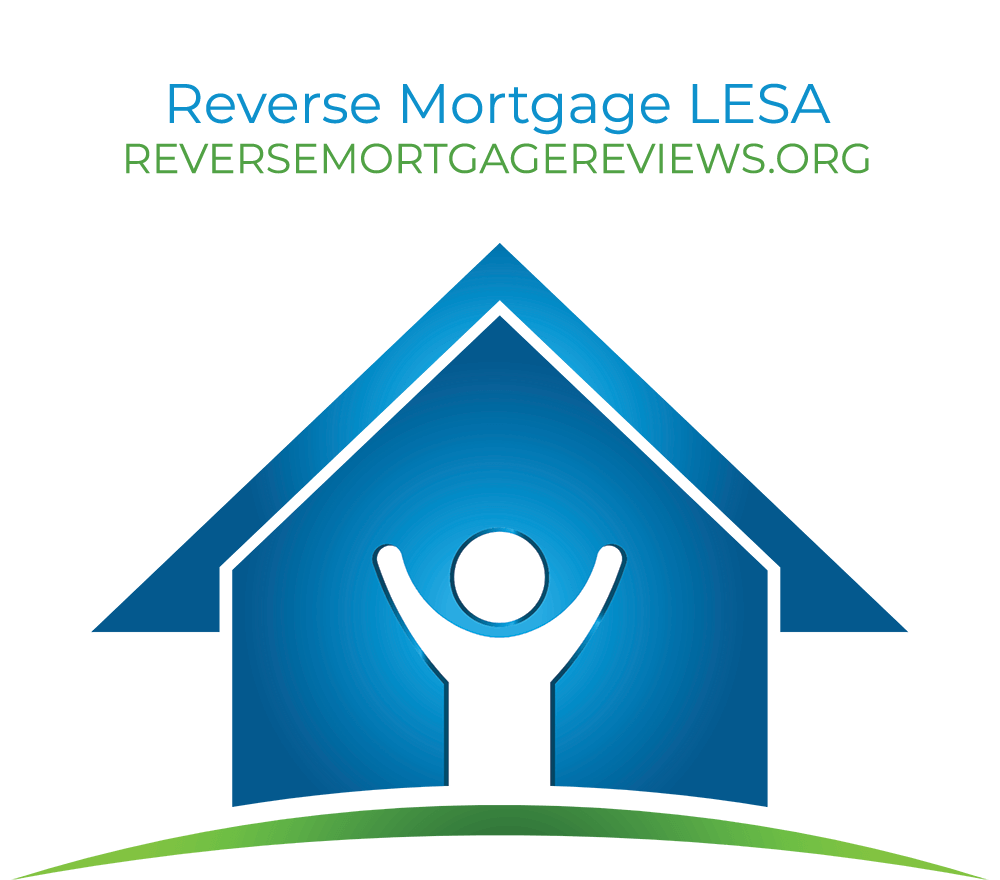Reverse Mortgage LESA Account & How it Works
Mike Branson Jr. – Author
Mike Branson Jr. has 25 years of experience in the mortgage banking industry. He has devoted the past 19 years to reverse mortgages exclusively. Mike has worked in several aspects of the Mortgage industry, including Loan Origination, Underwriting, and Management.Qualifying for a reverse mortgage today is a different process than it was in the past. As underwriting standards have tightened considerably in recent years, becoming eligible for a reverse mortgage now requires a more complex analysis of the loan applicant’s financial circumstances.
As a prospective borrower, it helps to know just what you are going up against during the application process, including what aspects of your financial history are most likely to impact the overall determination of whether you can be approved for a reverse mortgage.
For applicants with a spotty financial track record, have no fear, because you might still be able to obtain a reverse mortgage with the help of a “LESA.”
What is a LESA?
LESA is an acronym that stands for Life Expectancy Set-Aside. It was created by the Department of Housing and Urban Development and put into effect April 2015, in efforts to increase the safeguards afforded to reverse mortgage borrowers as part of the new financial assessment underwriting requirements.
LESAs are an important aspect of the reverse mortgage application process. Not only do they factor into a lender’s determination of whether an applicant can be approved for a reverse mortgage, but they also impact the amount of loan proceeds that a borrower may be eligible to receive.
How do I know if I need a LESA?
Whether or not a reverse mortgage loan applicant requires a LESA depends on the results of their financial assessment.
When lenders analyze the financial history of a loan applicant, they are largely looking to see if the applicant has the capacity to maintain the obligations of the reverse mortgage. Particularly, the lender is trying to determine that the applicant has enough residual income left to afford the terms of the loan.
Residual income is the amount of money that is left over after a lender has subtracted?from the applicant’s income and assets?what the prospective borrower pays for property taxes, homeowners’ insurance, along with any debt obligations or other living expenses the person has.
This figure is then compared to a government threshold amount based on region and family size that determines whether an applicant has sufficient residual income to pass the financial assessment. If the applicant passes this portion of the financial assessment, then he may move forward with the reverse mortgage.
But let’s say the applicant’s residual income falls a bit short of being able to cover the costs of the reverse mortgage and his/her ability to continue paying property taxes and insurance. Depending on how much of a shortfall there is, the applicant may still be able to move forward with the reverse mortgage?though a LESA would be required to pay for the property charges.
The money used to fund a LESA comes from the overall principal limit of the reverse mortgage. At first glance, this can be seen as a drain on the total reverse mortgage proceeds that a borrower may be able to access over the course of the loan, but a LESA can actually be a boon for borrowers, depending on the circumstances.
Why a LESA can be a good thing.
LESAs can be either Fully Funded or Partially Funded. With a Fully Funded LESA, the lender makes property charges on behalf of the borrower using the funds taken from the reverse mortgage loan proceeds.
As for borrowers who seem capable of paying a portion of these mandatory obligations, a Partially Funded LESA will cover a portion of the property charges. In this scenario, the borrower will receive semi-annual payments from their loan proceeds to help cover these mandatory obligations. Borrowers, rather than the servicer, are responsible for the timely payment of all property charges.
For qualifying borrowers who might worry about having to pay their monthly taxes and insurance obligations, they may voluntarily choose to have their reverse mortgage servicer establish a LESA for the payment of these ongoing expenses.
If you feel more comfortable knowing that your lender will be responsible for making your monthly taxes and insurance payments, then you might want to consider setting up a voluntary LESA that enables them to do so?even if you have sufficient residual income to afford these charges yourself.
Summary
If you are considering a reverse mortgage and would like to learn more about LESAs and how they impact the application process, contact one of our Top Reverse Mortgage Lenders or check your eligibility with our free reverse mortgage calculator
|
No Comments on “Reverse Mortgage LESA Account & How it Works”
|


